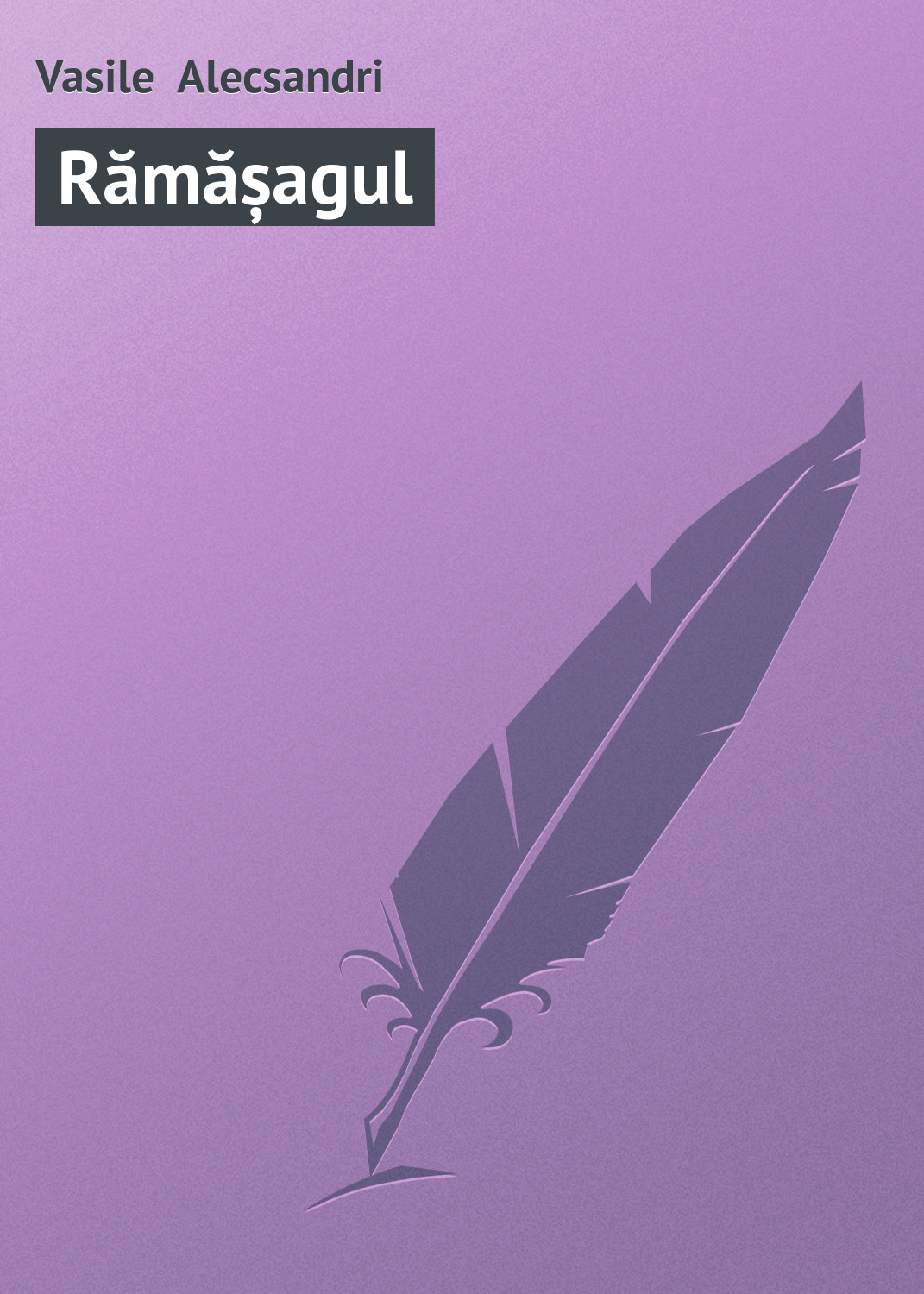Электронная книга: Vasile Alecsandri «Rămășagul»

|
Издательство: "Public Domain"
электронная книга Скачать бесплатно на Litres |
Другие книги автора:
| Книга | Описание | Год | Цена | Тип книги |
|---|---|---|---|---|
| Nuntațărănească | — Public Domain, электронная книга Подробнее... | электронная книга | ||
| Scara Mâței | — Public Domain, электронная книга Подробнее... | электронная книга | ||
| Peatra din casă | — Public Domain, электронная книга Подробнее... | электронная книга | ||
| Harță Răzășul | — Public Domain, электронная книга Подробнее... | электронная книга | ||
| Craiu Nou | — Public Domain, электронная книга Подробнее... | электронная книга | ||
| Chirița în Iași | — Public Domain, электронная книга Подробнее... | электронная книга |
Vasile Alecsandri
Vasile Alecsandri, (
Early life
Origins & childhood
He was born in the
The family prospered in the lucrative business of
Adolescence and youth
Between 1828 and 1834, he studied at the Victor Cuenim 'pensionnat', an elite boarding school for boys in
In 1840, he became director of the
Romantic interest
A year later, Vasile attended a party celebrating the name day of
They cruised to
Midlife
Political involvement
In 1848, he became one of the leaders of the revolutionary movement based in Iaşi. He wrote a widely read poem urging the public to join the cause, "Către Români" ("To Romanians"), later renamed "Deşteptarea României" ("Romania's Awakening"). Together with Mihail Kogălniceanu and Costache Negri, he wrote a manifesto of the revolutionary movement in Moldavia, "Dorinţele partidei naţionale din Moldova" ("Wishes of the National Party of Moldavia").
However, as revolution failed, he fled
Literary achievements
[
After two years, he returned to a triumphant staging of his new comedy, "Chiriţa în Iaşi". He toured the Moldavian countryside, collecting, reworking, and arranging a vast array of
New romantic interest
The end of 1855 saw Alecsandri pursuing a new romantic interest, in spite of promises made to Elena Negri on her deathbed. At age 35, the now renowned poet and public figure fell in love with the young Paulina Lucasievici, the daughter of an innkeeper. The romance moved at a lightning pace: they moved in together to Alecsandri's estate at Mirceşti and, in 1857, their daughter Maria was born.
Political fulfilment
Alecsandri found satisfaction in the advancement of those political causes he had long championed. The two Romanian provinces united and he was appointed minister of External Affairs by
Retreat at Mirceşti
The diplomatic tours tired him. In 1860, he settled in Mirceşti for what would be the rest of his life. He married Paulina more than a decade and a half later, in 1876.
Between 1862 and 1875, Alecsandri wrote 40 lyrical poems, including "Miezul Iernii, "Serile la Mirceşti, "Iarna," "La Gura Sobei", "Oaspeţii Primăverii", and "Malul Siretului." He also dabbled in epic poems, collected in the volume "Legende" , and he dedicated a series of poems to the soldiers who participated in the
In 1879, his "Despot-Vodă" drama received the award of the
In 1881, he wrote
Long suffering from
References
Further reading
* G. C. Nicolescu, "Viaţa lui Vasile Alecsandri" Bucharest, 1975
Источник: Vasile Alecsandri
См. также в других словарях:
Ion Popesco Gopo — Ion Popescu Gopo Ion Popescu Gopo (1923 1989) est un peintre caricaturiste, créateur de dessins animés et cinéaste roumain. C est lui qui mets les base de l animation dans les studio de films roumains. Son pseudonyme GOPO vient d une combinaison… … Wikipédia en Français
Ion Popescu-Gopo — (1923 1989) est un peintre caricaturiste, créateur de dessins animés et cinéaste roumain. C est lui qui jette les bases de l animation dans les studios de films roumains. Son pseudonyme GOPO vient d une combinaison du nom de jeune fille de sa… … Wikipédia en Français
Ion Popescu Gopo — (1923 1989) est un peintre caricaturiste, créateur de dessins animés et cinéaste roumain. C est lui qui mets les base de l animation dans les studio de films roumains. Son pseudonyme GOPO vient d une combinaison du nom de jeune fille de sa mère,… … Wikipédia en Français
ПОПЕСКУ-ГОПО Йон — ПОПЕСКУ ГОПО (Popescu Gopo) Йон (1923 1989), румынский кинорежиссер. Фильмы: мультипликационные «Краткая история» (1956), «Homo sapiens» (1960); художественные «Украли бомбу» (1962), «Фауст XX (1966), «Сказки о любви» (1977), «Мария, Мирабела»… … Энциклопедия кино
Спиридонов, Вадим Семёнович — Вадим Спиридонов кадр из фильма «Кто стучится в дверь ко мне?» 1982 г. Имя при рождении: Вадим Семёнович Спиридонов Дата рождения: 14 октября 1944(1 … Википедия
Попеску-Гопо, Ион — Ион Попеску Гопо Ion Popescu Gopo Фото Дата рождения: 1 мая 1923(1923 05 01) Место рождения: Бухарест, Румыния … Википедия
